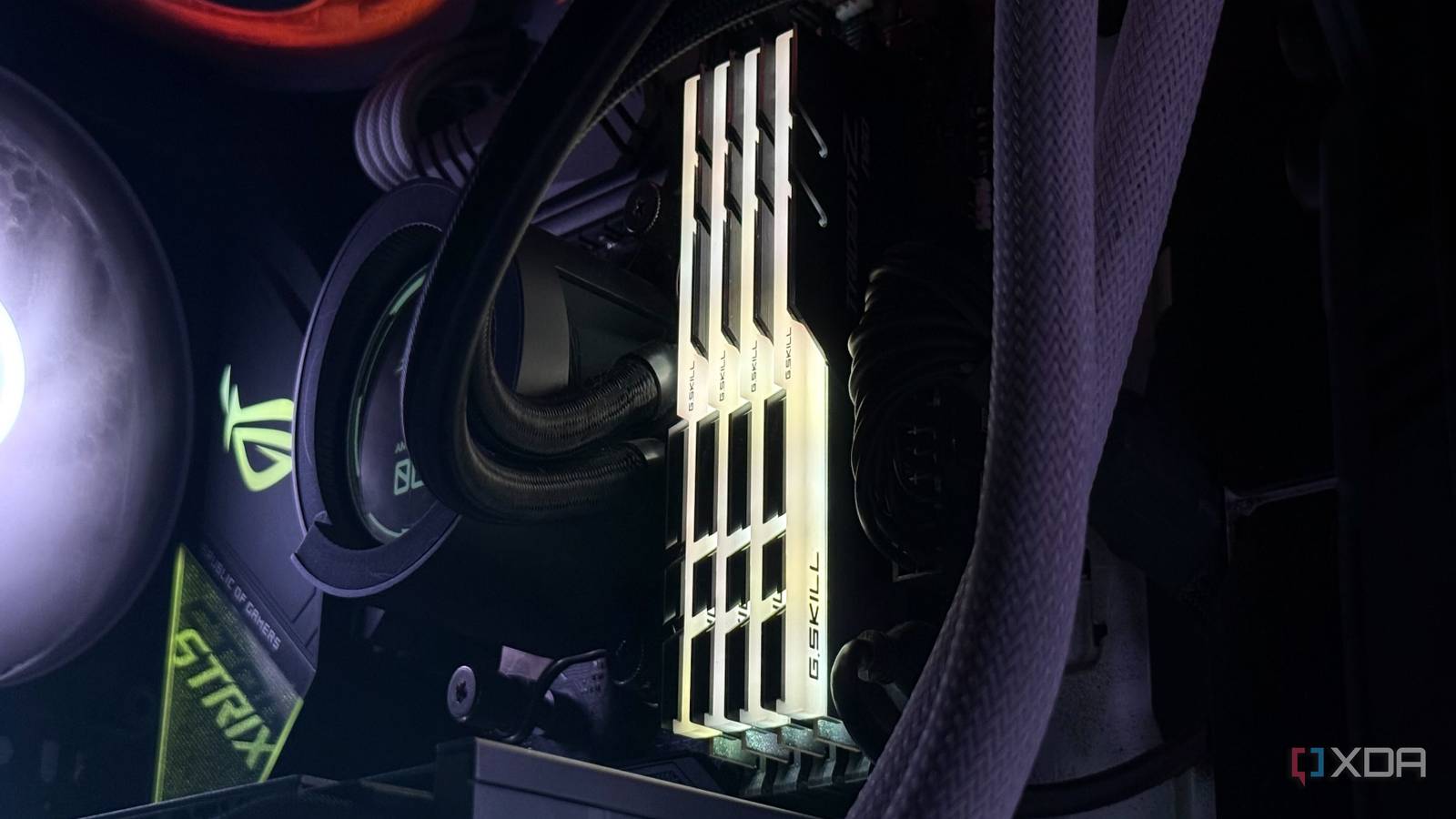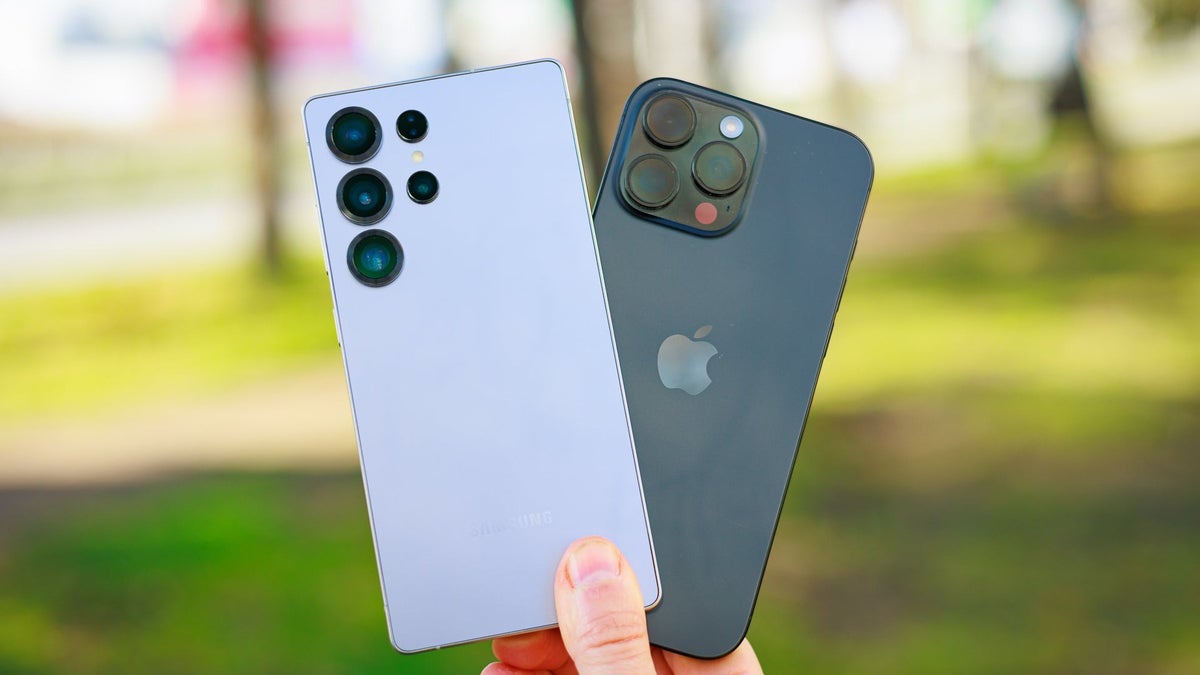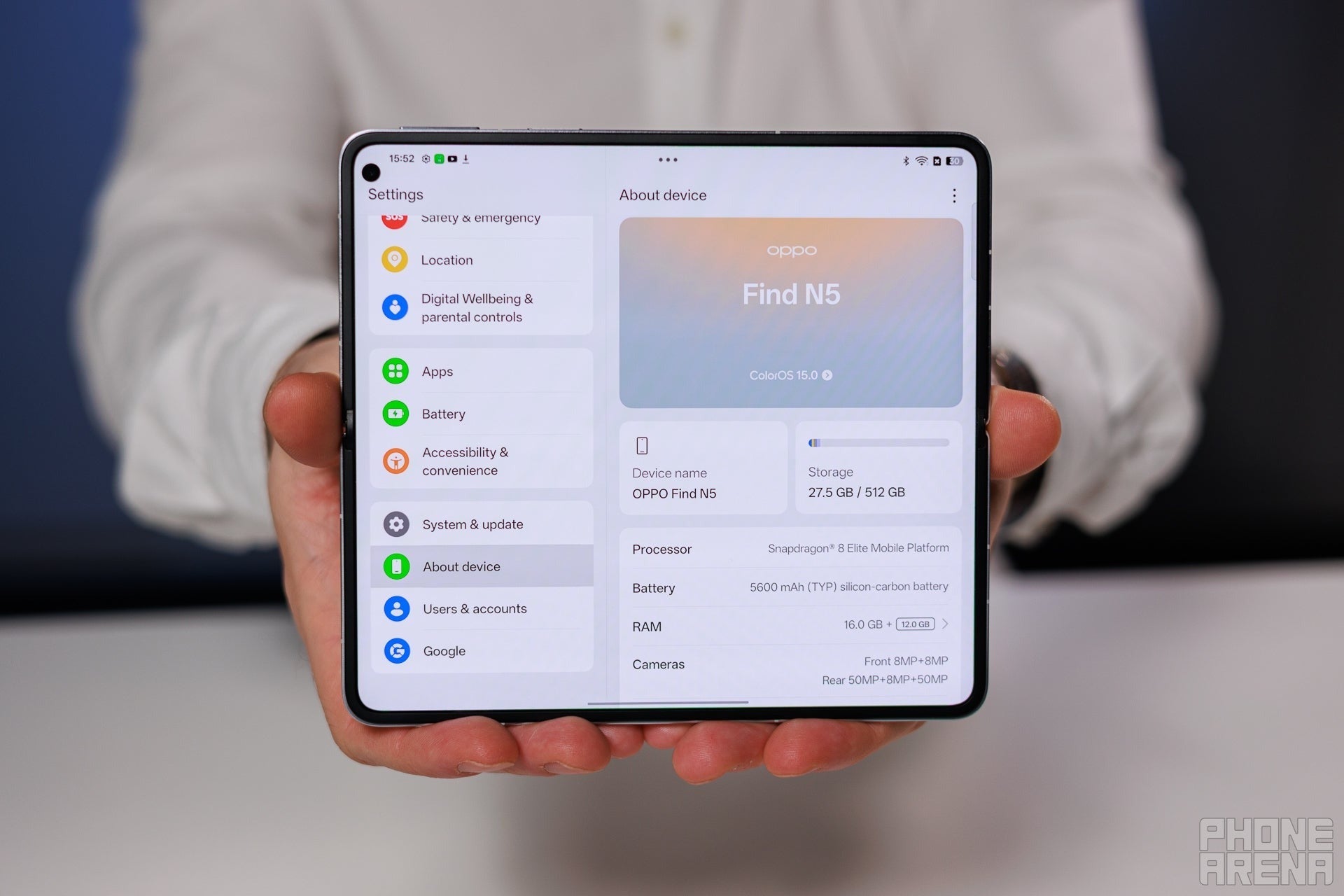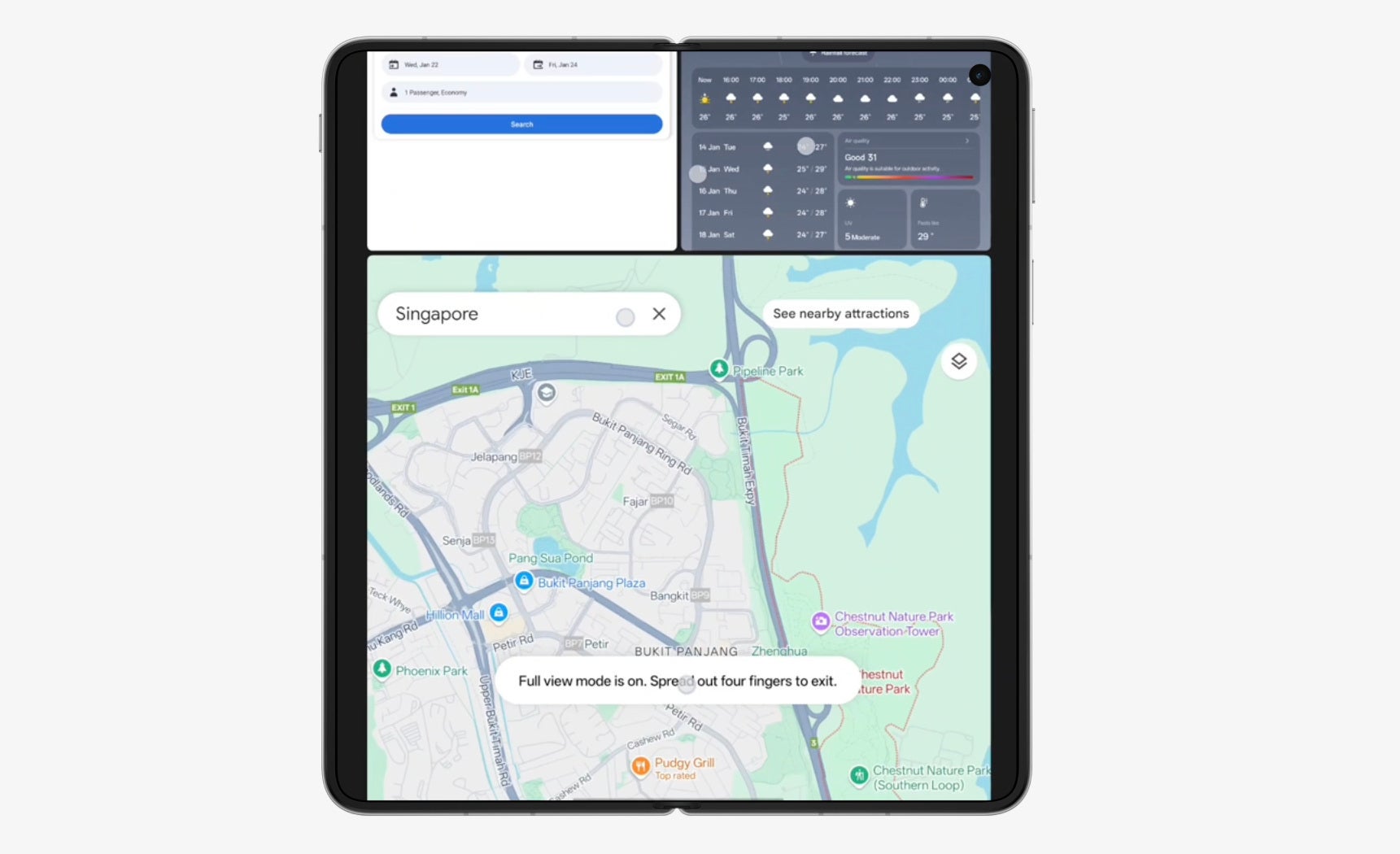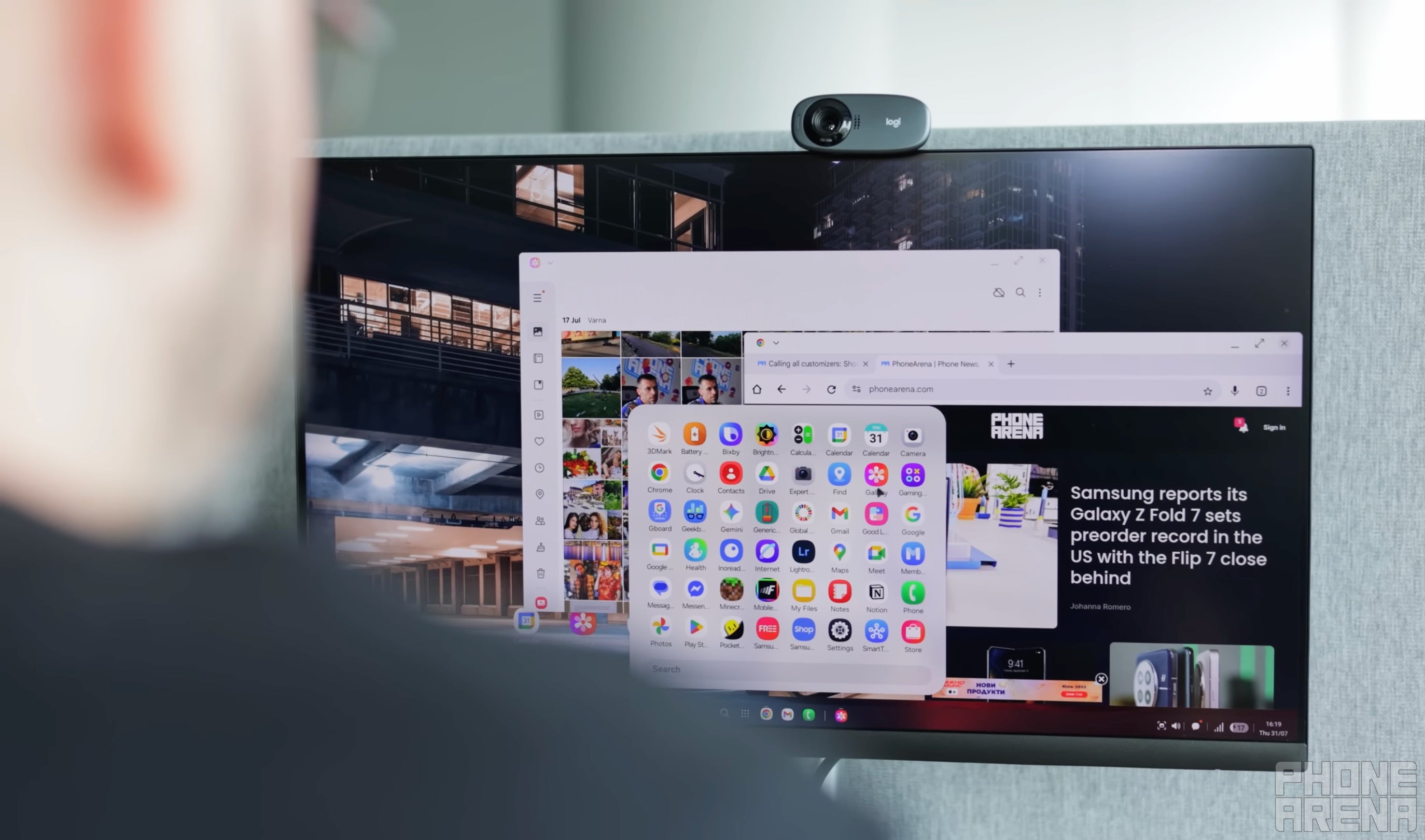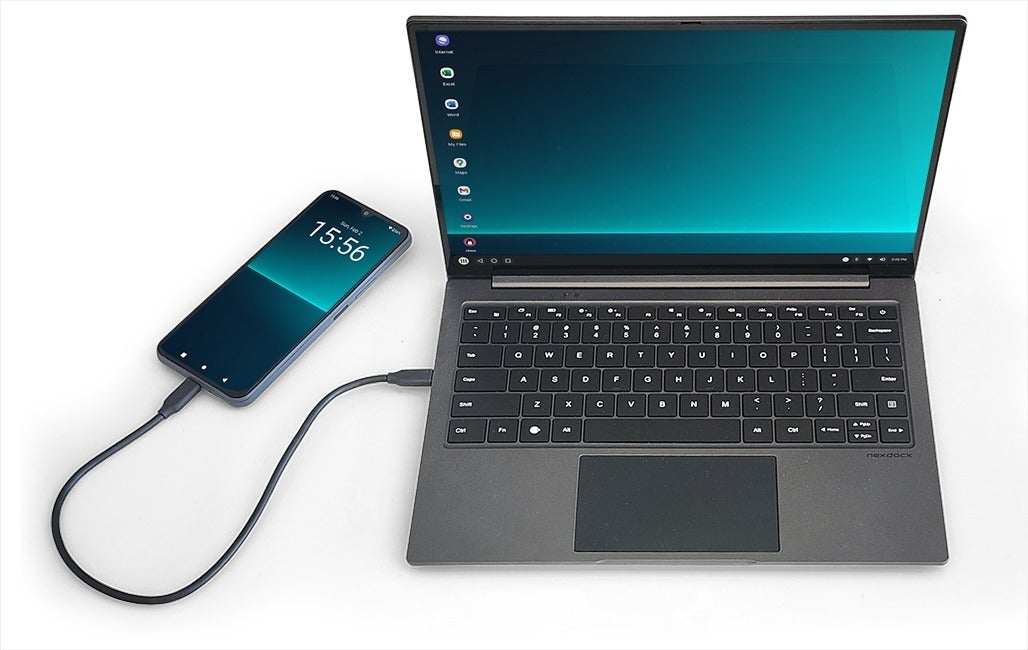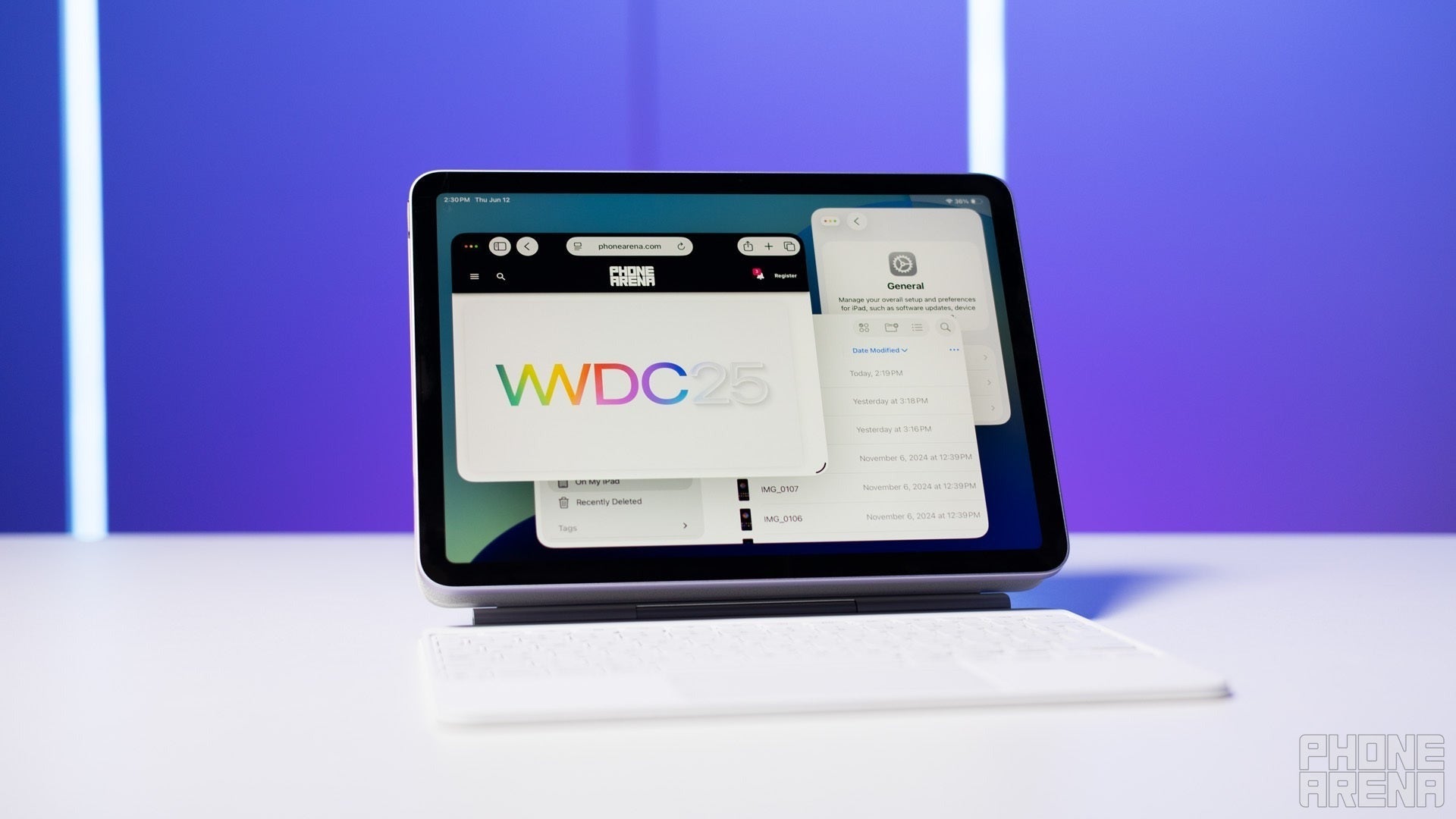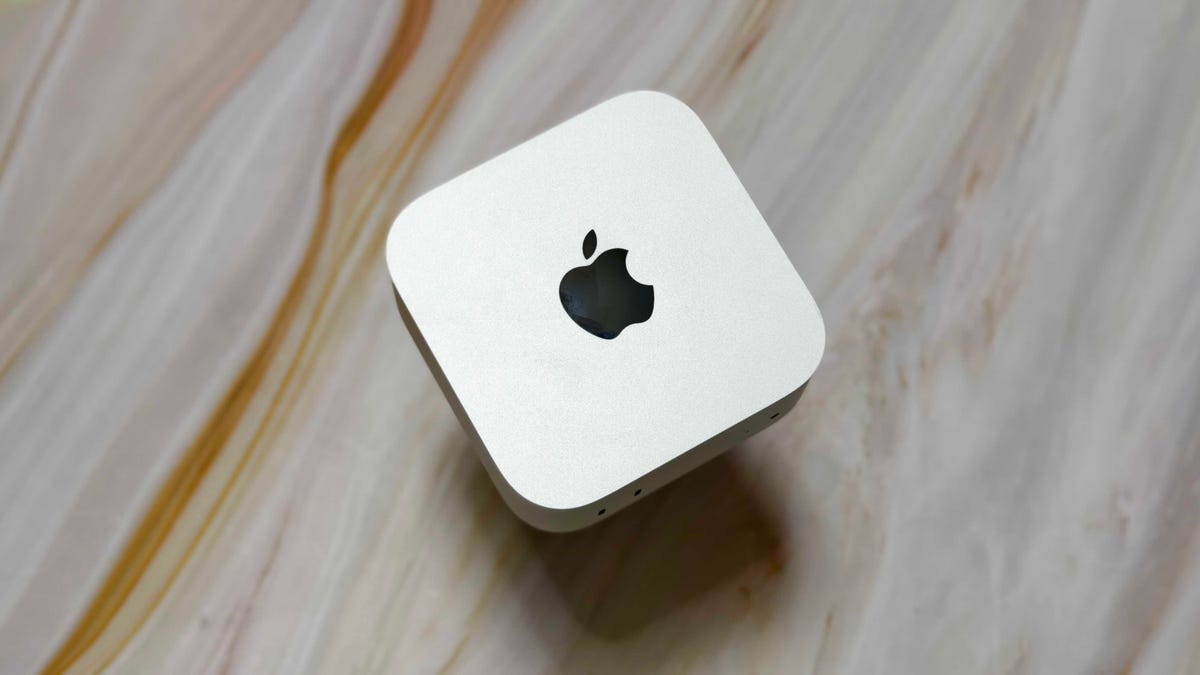When I built my current PC, I decided to fill out all four DIMM slots on my motherboard, because not only did it look great, especially with the RGB lighting enabled, but it also felt like I was getting more out of this setup. I could’ve gone with two 32GB sticks, but instead, I opted for four 16GB modules, thinking that was the smarter choice. However, after using this build for a while, I realized the reality didn’t match my expectations, and the aesthetic appeal didn’t make up for the headaches I’ve had to deal with.
I’ll admit I was not nearly as experienced back then, but I still should’ve taken the time to browse PC hardware threads on Reddit. Over time, I learned that filling every DIMM slot pushes the CPU’s memory controller harder, limits overclocking headroom, and introduces stability issues. Looking back, I could’ve just bought a pair of dummy RAM modules to fill out the slots for aesthetics, while keeping my system far more stable and flexible with two 32GB sticks. After dealing with the consequences, I can tell you exactly why I regret this configuration.
Stability becomes a real problem
Filling all slots puts more strain on the CPU’s memory controller
The biggest issue with running four sticks of RAM on a motherboard that supports dual-channel memory is stability. You could probably get away with installing four RAM modules if you’re still on the DDR4 platform, but on DDR5 motherboards, things get a lot trickier. That’s because DDR5 is already more demanding on the CPU’s memory controller, and once you populate all four slots, the chances of hitting the rated XMP or EXPO speeds drop significantly, often forcing you to loosen timings, raise voltages, or lower the frequency just to keep things stable.
Even with DDR4, you can sometimes encounter stability issues like I did. For instance, my G.Skill Trident Z Neo RAM kit worked just fine at 3600MHz with my Ryzen 9 5900X when I first built my PC. But when I upgraded to the Ryzen 7 5800X3D last year, I started running into random freezes, BSODs, and boot failures until I lowered the frequency to 3200MHz. Later, I learned that the 5800X3D’s memory controller isn’t as forgiving as the one on the 5900X. So, if you plan to swap CPUs down the line, you’re better off going with two sticks to avoid these stability issues in the long run.
Manual overclocking is a no-go
Since my RAM isn’t stable at rated speeds, I don’t have any headroom
With two RAM sticks installed, you’ll typically have some flexibility to push beyond the XMP or EXPO speeds. I’ve done this before when I had two DIMMs on my older PCs, and the system remained perfectly stable after slightly raising the voltage. However, I never had that headroom in my current PC, even though my RAM modules managed to run at the rated speeds with my Ryzen 9 5900X. When I purchased the kit, I wanted to tighten the timings, but I quickly learned I had no room to do so when my system failed to boot.
As you’ve learned from above, things only got worse after switching to the Ryzen 7 5800X3D. Instead of overclocking, I ended up downclocking my RAM to 3200MHz for the sake of stability. I’m not saying you won’t have any room for manual overclocking if you run four sticks. Sure, if you get four single-rank sticks, you may be able to tune it a bit because it doesn’t put as much strain on the memory controller. Unfortunately, my RAM modules are dual-rank, so any hope of overclocking goes out the window as long as I have four sticks installed.
Compatibility issues
Four RAM sticks can make upgrades unpredictable
Just because your four carefully matched RAM sticks work fine with your build right now doesn’t mean they’ll stay that way if you change anything down the road. Like I said earlier, stability wasn’t a problem even at EXPO speeds until I switched to the Ryzen 7 5800X3D. Despite using the same RAM kit in the same motherboard, the memory controller variation between my two processors was enough to introduce stability issues and prevent the RAM from hitting the advertised frequencies.
Likewise, even a BIOS update or moving the kit to another motherboard can trigger new problems. Since four sticks push the memory controller harder, any small change in firmware tuning or board design can throw off stability. The more sticks you run, the more likely you are to encounter boot failures and memory errors. That’s exactly why you’ll often see lower supported speeds for four DIMMs on motherboard QVLs. If you don’t want to spend hours tweaking settings in the BIOS whenever you swap components, your money is better spent on two higher-capacity modules.
Four sticks aren’t worth the looks alone
Populating all the DIMM slots definitely has aesthetic appeal, but it’s not worth the trouble unless you really need the maximum capacity possible. If you’re in the market for DDR5 RAM, I highly recommend sticking with two modules unless you want more than 128GB capacity for a workstation. Don’t forget that you always get dummy RAM modules for a fully populated look without compromising stability or performance. For instance, Corsair offers RGB Light Enhancement Kits for its Vengeance and Dominator series, which mimic the RAM modules and sync with your lighting. This one mistake that I made reminded me that the smarter choice is always the simpler one, especially when it comes to PC building. Chasing looks and raw numbers rarely pays off in the long run, but prioritizing stability gives you peace of mind every time you boot up your system.
